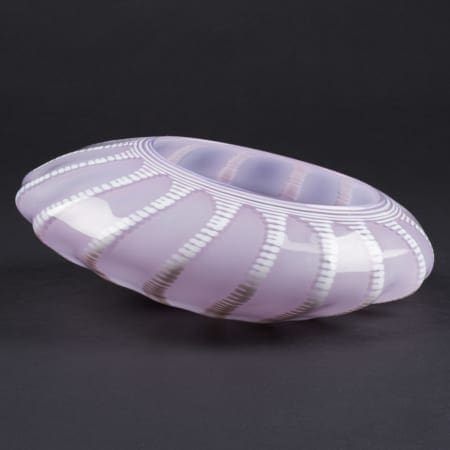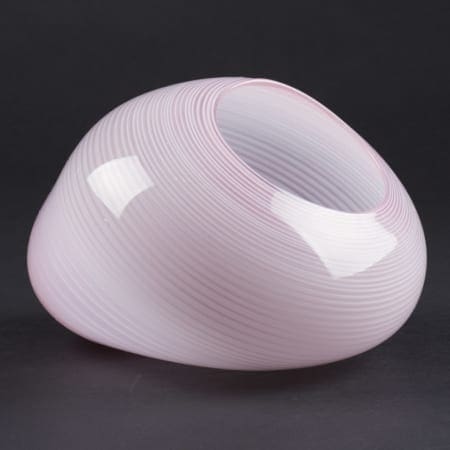
Dale Chihuly
American Artist
b. 1941
Interested in selling a piece by Dale Chihuly?
We have received top dollar for Dale Chihuly works. Auction is the best way to quickly and transparently get maximum dollar for your artwork.

Dale Chihuly Biography and Featured Works
Dale Chihuly first encountered glass art as an interior design student at the University of Washington. Immediately fascinated, he went on to study glass at the University of Wisconsin, which was the first university in the United States to teach glassblowing. From there, he went on to the Rhode Island School of Design, where he continued to learn about glass and eventually ended up teaching. His education continued with a Fulbright Fellowship to go to the famous glassblowing studios of Venice. After his time in Italy, he returned to his home state of Washington to found his own glass school, the Pilchuck Glass School, with Ann and John Hauberg, influential supporters of the arts in Seattle. At this school, his art style and process truly flourished. In particular, Chihuly first fostered the collaborative method of glassblowing he had witnessed in Italy at Pilchuck, something that would become a hallmark of his artistic process.
Involved in these early collaborations was photographer and collector Edward Claycomb. Claycomb worked with Chihuly from 1979 to 1985, photographing his art in New York City, Rhode Island, and at Pilchuck Glass School, where Claycomb was the staff photographer from 1979 to 1980. Claycomb, a former glassblower himself, remembers his time working with Chihuly fondly, saying, “Dale was the most fun, generous and kind artist I have ever had the honor to work with. These times could easily be called the most fun and best memories of my life.
The pieces featured here, which make up Claycomb’s entire collection, are extremely representative of Chihuly’s style from the 1970s and 1980s. They include pieces from several of Chihuly’s series, including Baskets, Seaforms, and Macchia. In these series, Chihuly pushed the limits of what could be created with glassblowing, experimenting with his use of color and form. During this experimental process, he created innovative new glassblowing techniques, such as his usage of an opaque “cloud” layer in his Macchia pieces to keep the colors on the exterior distinct from the color used in the interior.











